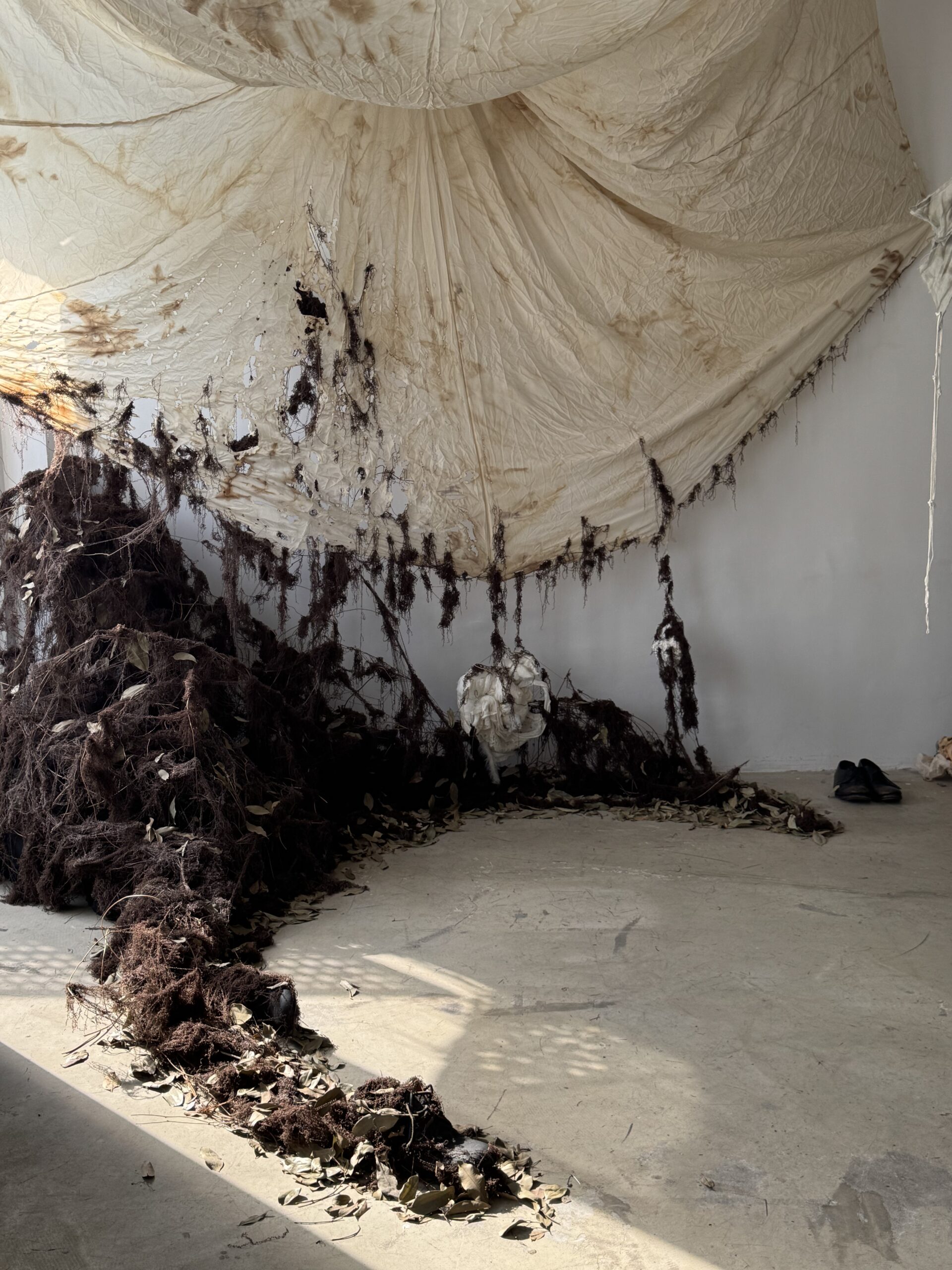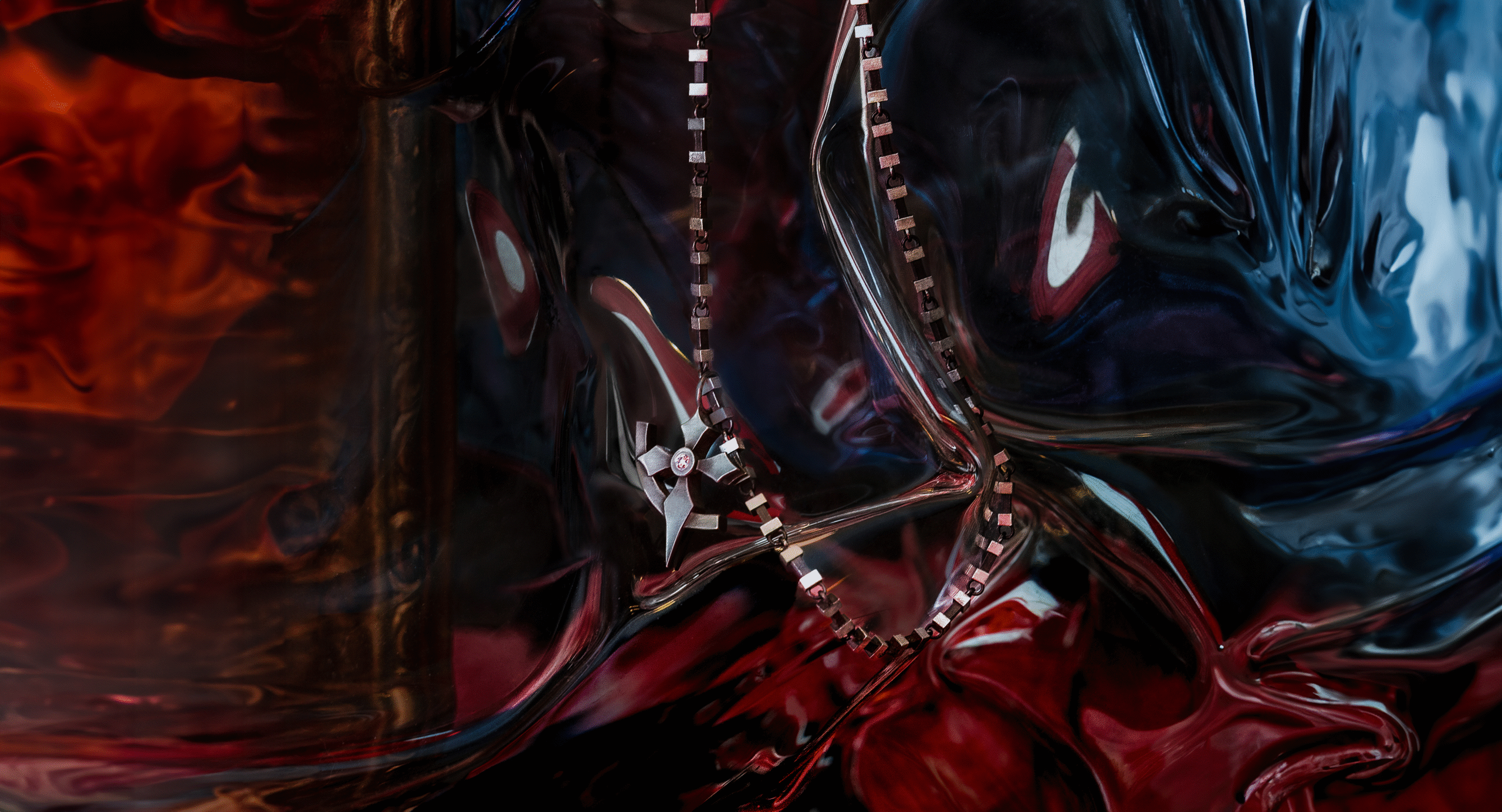
Alfred Stieglitz was born in 1864 in Hoboken, New Jersey, to German immigrant parents. Educated in Germany, he developed an early passion for photography. Upon returning to New York in the 1880s, Stieglitz became a pivotal figure in the photography world, founding the Photo-Secession movement in 1902 to elevate photography as an art form. His renowned work “The Steerage” (1907) exemplifies his ability to blend social commentary with artistic composition. Other notable works include the “Equivalents” series and his portraits of Georgia O’Keeffe, showcasing his vision of photography as a medium of deep emotional expression.

In a time when photography was primarily seen as a documentary tool, Stieglitz sought to redefine it as a form of fine art. Through his New York gallery 291, he introduced Americans to European modernism, simultaneously advocating for photography’s artistic potential. His work often highlighted sharp contrasts and detailed compositions, emphasizing light and shadow to convey more than just visual reality. Stieglitz’s efforts were instrumental in aligning photography with the modernist movements that were reshaping art across the world.
Stieglitz’s photography philosophy centered on the belief that photography could be as expressive as traditional forms of art like painting or sculpture. He argued that a photograph should capture the artist’s emotional response rather than just a factual representation. This is evident in his “Equivalents” series, where cloud formations become abstract reflections of inner emotions. Stieglitz also stressed the importance of the artist’s involvement in every step of the photographic process, ensuring that the final image was a true work of art. His legacy lies in his successful advocacy for photography as a respected and expressive art form.






















